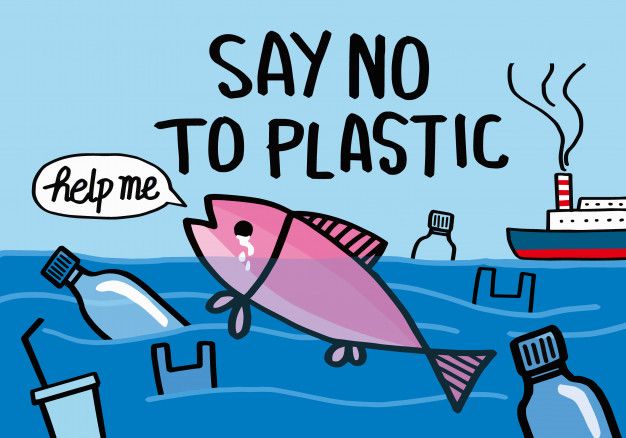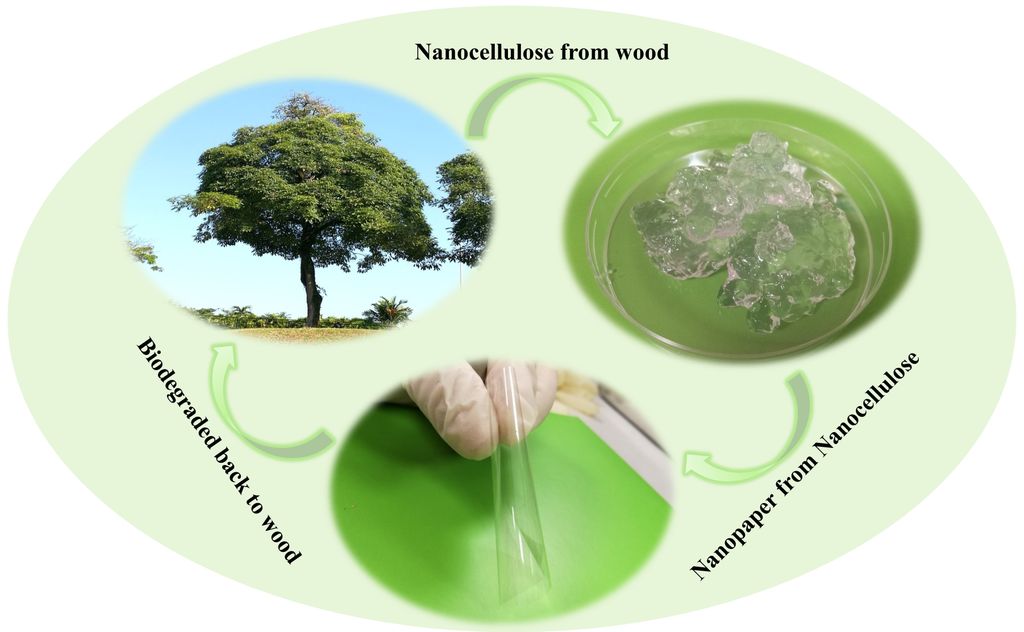Pseudo-Plastic
Jun 04, 2019 • 87 views
Plastic is the thing which we use the most in our life. But plastic affects human health a lot. According to a survey, one million plastic bottles are bought every minute around the world. But less than half of these bottles are getting recycled. Every year eight million metric tons of plastic winds up in oceans. Due to this aquatic animals and organisms which live in water are not able to survive. This leads to unbalance in food chain. Toxic chemicals leach out of plastic and are found in the blood and tissues. Exposure to them leads to cancers, birth defects, impaired immunity and other defects. In India, .49 million tons of the waste is being generated. India's daily plastic waste per person is 0.01 kg. So, usage of plastic should be reduced from every individual.

As plastic is cheap and light in terms of weight, it is one of the most widely available, and over used item globally. Due to commercial fishing, Fishing nets are used in large number. They not only harm wild life, but also ensures that pollutants enter the water and fish of that area. Burning plastic is toxic, and it leads to air pollution. Now-a-days water scarcity is more all over the world. But due to over usage of plastic ground water is being polluted. Not only air pollution and water pollution but also land is being polluted because of toxic chemicals in plastic. Food chain is also being affected. To overcome these kind of problems scientists paved a path for replacement of plastic.

An alternative solution to plastic which is eco-friendly is Nanocellulose. This is generally used for packaging purposes. Packaging makes up about 40 per cent of total amount of plastic waste. Nanocellulose has many positive characteristics:
It is completely biodegradable, and non-toxic.
It can be extracted from forestry and agricultural waste products.
It is stronger than steel (in weight) and stronger than kevlar which is used in bullet proof rests.
It can be made transparent and is a better barrier to oxygen than plastic.
Nanocellulose

Nanocellulose - An alternative for plastic
Nanocrystalline cellulose is said as the material of future. It can be synthesized from wood and recycle from paper, which makes it highly affordable; it is eco-friendly and bio-compatible.
Nanocellulose is a light solid substance obtained from plant matter which comprises nano sized cellulose fluids. This new material is termed as pseudo-plastic. It is nature's own nano material. Each Fibre consists of a bundle of molecules. Till now, it did not come into market because few challenges are still to be made. Nanocellulose is a very wet material which contains 99 per cent water. To be used for packaging, this water content needs to be removed. Nanocellulose should be flexible enough so that the coating does not get brittle and crack when it dries. If special additives are used to augment Nanocellulose fibres with hydrophobic, and air proof properties. Then, it is possible to use them for long-term storage of food products.
